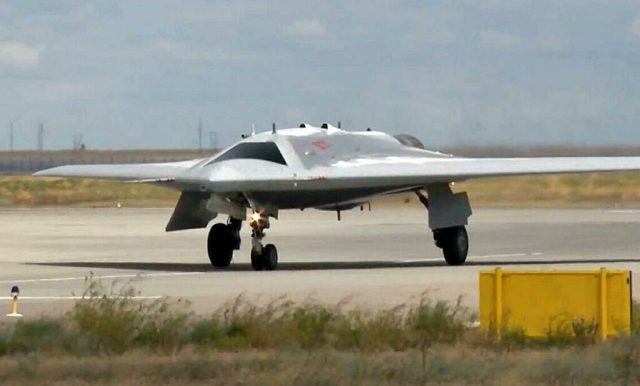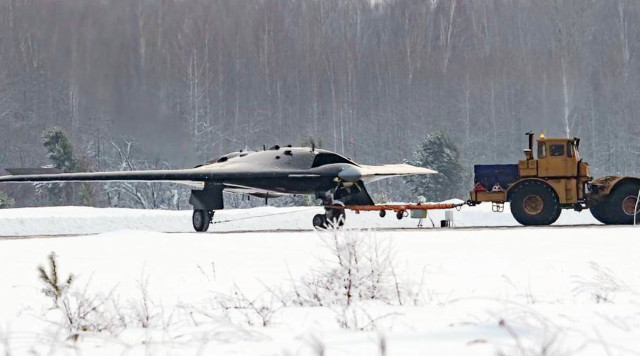According to a source in the military-industrial complex, the Russian unmanned s-70 "Hunter" has passed the first flight tests in the version of the fighter-interceptor.
Russia continues testing a promising heavy UAV "Hunter" . As [...] a source told RIA Novosti in the military-industrial complex, the first flight tests of the UAV in the interceptor version were recently held.
"Several Okhotnik flights with functional simulators of air — to-air guided missiles were performed from the military airfield of the center for combat training and combat use of the Russian aerospace forces at the Ashuluk training ground. Such missiles in the combat version, is designed to engage other aircraft," — said the Agency interlocutor.
According to him, such tests will allow analyzing the interaction between the UAV and the su-57 aircraft, which should act as the lead.
The role of the load during the tests of the S-70 was played by products that imitate missiles with radar and infrared homing heads. They did not have engines or combat units.
Note that as part of one of the earlier tests, the Hunter performed a flight together with the su-57 fighter. According to unconfirmed reports, the latter was recently tested in unmanned mode.

«Hunter»
Image source: bmpd
The Hunter UAV made its first flight in 2019. It was built according to the "flying wing" aerodynamic scheme with the use of stealth reduction technologies.
Most often, the device is considered as a shock drone. It is assumed that on the external and internal suspension nodes, it will be able to carry bombs and air-to-surface missiles. According to unconfirmed reports, the weight of the UAV's payload can reach eight tons. The mass of the device itself is estimated at about 25 tons. The speed of the S-70 can be about 1000 kilometers per hour.
We remind you that a significant event for Russia took place recently: The Ministry of defense received the first Orion attack drones. You can read about the capabilities of this UAV, as well as how it looks against the background of foreign drones (in particular, the Turkish Bayraktar TB2) in our new material.

